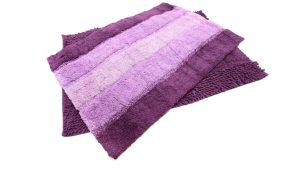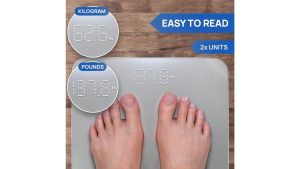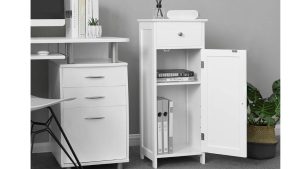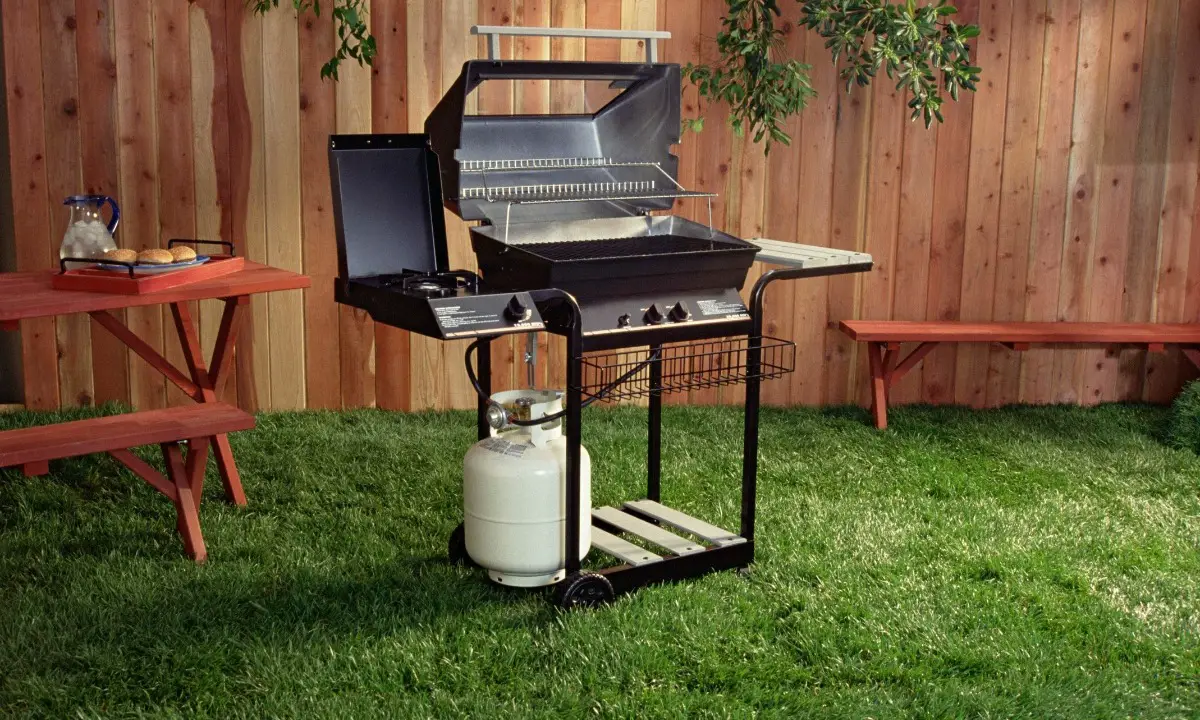How to Hook Up a Washer And Dryer

To hook up a washer and dryer, first, plug them into a designated electrical outlet and connect the washer’s hoses to the water supply. The dryer should be vented to the outside to prevent lint buildup and ensure proper ventilation.
When installing a new washer and dryer, it’s essential to follow specific steps to ensure proper operation and safety. This includes selecting an appropriate location with access to water and electricity, as well as ensuring adequate ventilation for the dryer.
Properly connecting the appliances and verifying the installation with the manufacturer’s guidelines is crucial for efficient and safe usage. This guide will provide a step-by-step process for correctly hooking up a washer and dryer. Whether you’re a first-time homeowner or moving to a new residence, understanding how to properly install these essential appliances will ensure a hassle-free laundry experience. Let’s dive into the details of hooking up a washer and dryer.
Preparing For Installation
Preparing for the installation of a washer and dryer is essential to ensure a smooth and successful setup process. Properly assessing the installation space, checking for electrical and water hookups, and gathering necessary tools and materials are critical steps in preparing for the installation.
Assess The Installation of Space
Before beginning the installation process, it’s important to assess the available space for your washer and dryer. Measure the area where the appliances will be placed to ensure there is adequate room for both the appliances and the necessary connections. Take note of any obstacles or obstructions that may impact the installation process, and make any necessary adjustments to the space to accommodate the appliances.
Check For Electrical And Water Hookups
Prior to installation, it is crucial to ensure that the installation area has the necessary electrical and water hookups. Check that the electrical outlets are compatible with the appliances and are easily accessible. Additionally, confirm that there are water supply and drainage connections in close proximity to the installation space. If any of these essential connections are not readily available, it’s important to make arrangements for their installation before proceeding with the setup of the washer and dryer.
Gather Necessary Tools And Materials
Gathering the required tools and materials before starting the installation process is key to ensuring efficiency and avoiding unnecessary delays. The following tools and materials are commonly needed for hooking up a washer and dryer:
- Adjustable wrench
- Level
- Tape measure
- Hoses for water supply and drainage
- Electrical cords
- Screwdriver set
Having these items readily available will streamline the installation process and help to avoid interruptions in the setup.
Understanding Washer And Dryer Specs
Before setting up your washer and dryer, it’s crucial to understand the specifications to ensure proper installation and functionality. Pay attention to electrical requirements, water supply demands, and drainage specifications to ensure a seamless integration.
Interpret Electrical Requirements
When installing a washer and dryer, understanding the electrical specifications is paramount to prevent any mishaps or malfunctions. Be sure to verify the voltage, amperage, and outlet type required for both appliances. Refer to the manufacturer’s instructions for the correct electrical setup and ensure compliance with local electrical codes.
Learn About Water Supply Demands
Both the washer and dryer have specific water supply requirements that should be reviewed before installation. Check for the necessary inlet connections, water pressure levels, and proper hose fittings to ensure the appliances can function optimally. Each appliance’s specifications should detail the required water supply parameters for efficient operation.
Review Drainage Specifications
Understanding the drainage specifications is essential to prevent any potential flooding or drainage issues. Ensure the correct placement of the drain hose, proper height, and clearance requirements to facilitate the smooth flow of water during the washing and drying processes. Familiarize yourself with the drainage specifications outlined in the user manual for a trouble-free installation.
Washer And Dryer Hook-Up Guide
In this Washer and Dryer hook-up guide, we’ll walk you through the steps to effectively connect your washer and dryer. Following these simple instructions will ensure a smooth and safe installation, allowing you to make the most of your new appliances.
Turn Off the Water And Electricity
Prior to beginning the installation process, turn off the water supply and electricity to the area where the washer and dryer will be placed. This important safety step helps to prevent any water or electrical mishaps during the installation.
Connect Water Supply Hoses To Washer
With the water supply and electricity off, begin by connecting the water supply hoses to the washer. Ensure that you match the hot and cold water supply hoses to the corresponding connections on the washer, tightly securing them to prevent any leaks.
Secure Drain Hose And Check For Leaks
Next, securely attach the drain hose to the washer and confirm that it is properly positioned. Check for any leaks to avoid potential water damage. It’s essential to address any leaks promptly to prevent damage to the surrounding area.
Plug In Washer And Test Water Connections
After the water connections and hoses are in place, cautiously plug in the washer to the power source. Test the water connections by running a brief cycle to ensure that the washer is functioning correctly and that there are no leaks in the water supply hoses.
Vent Dryer To The Outdoors
When it comes to the dryer setup, it’s crucial to vent the dryer outdoors to prevent moisture and lint buildup in the indoor environment. Ensure that the venting system is securely connected and free from any obstructions.
Connect The Power Cord To The Dryer
Finally, connect the power cord to the dryer, ensuring it is safely and securely in place. Double-check that the connections are secure before powering on the dryer to avoid any electrical issues.

Ensuring Safety And Compliance
When hooking up a washer and dryer, ensuring safety and compliance with electrical and plumbing standards is crucial. Proper installation will help prevent accidents, ensure efficient functioning, and prolong the lifespan of your appliances. To guarantee safety and compliance, it’s essential to focus on verifying secure connections to avoid leaks, confirming proper electrical grounding, and inspecting the exhaust vent for blockages.
Verify Secure Connections To Avoid Leaks
Inspect all water supply hose connections to the washer and dryer for tightness and signs of wear or damage. Replace any worn or damaged hoses to prevent leaks. Ensure that the hoses are properly connected to the corresponding hot and cold water valves and that the connections are secure.
Confirm Proper Electrical Grounding
Ensure that the washer and dryer are properly grounded to prevent electrical shock and potential fire hazards. Check the manufacturer’s instructions for specific grounding requirements, and ensure that the appliances are connected to grounded electrical outlets.
Inspect The Exhaust Vent For Blockages
Check the exhaust vent for lint buildup or obstructions that could impede proper airflow. Ensure the vent is properly connected and free of any blockages to prevent potential fire hazards and maintain the appliances’ efficiency. Regularly cleaning the vent will help prevent lint accumulation and maintain safe operation.
Final Touches And Troubleshooting
Now that the washer and dryer units are physically connected and the necessary plumbing and electrical work is complete, it’s time for the final touches and troubleshooting. These last steps are crucial to ensure that your new appliances are operating smoothly and effectively.
Level The Washer And Dryer Units
Before using the washer and dryer, it’s important to ensure that both units are level to prevent excessive noise and vibrations during operation. Use a bubble level to check and adjust the feet of the appliances until they are stable and evenly balanced.
Perform An Initial Run Without Laundry
Prior to doing a full load of laundry, run a test cycle on both the washer and dryer without any clothes inside. This allows you to check for any potential issues and make adjustments before introducing laundry into the mix.
Address Any Noise, Leaks, Or Vibrations
After the initial run, pay close attention to the washer and dryer for any unusual noises, leaks, or excessive vibrations. Address any such issues immediately to prevent potential damage to the appliances and ensure optimal performance. “` The key to good SEO writing is to ensure that the content is relevant, informative, and well-structured, making it easy for readers to find and understand. The content should include the target keywords but not to the point that readability and flow are affected. By following these guidelines and utilizing HTML syntax, the content can be both user-friendly and SEO-optimized.
Seamless Laundry Room Setup
Setting up a washer and dryer in your laundry room is a crucial step to ensure smooth laundering routines. Achieving a seamless setup not only enhances the functionality of your appliances but also improves the overall efficiency of your laundry room. From organizing the space for efficiency to implementing long-term appliance maintenance, here are essential tips and quick fixes for common hook-up mishaps that will help you create a hassle-free and efficient laundry room setup.
Organize Your Laundry Room For Efficiency
- Prioritize space optimization by installing shelves, cabinets, or hangers to store laundry essentials, detergents, and cleaning supplies.
- Keep the area around your washer and dryer clear of clutter to allow for easy access and maintenance.
- Create designated areas for sorting, folding, and ironing to streamline the laundry process.
Tips For Long-term Appliance Maintenance
- Regularly clean the lint traps and vents of the dryer to prevent potential fire hazards and maintain optimal drying performance.
- Inspect and replace worn-out hoses or connectors on the washer to prevent leaks and maintain an efficient water supply.
- Level your washer and dryer to prevent excessive vibrations and potential damage to the appliances and surrounding structures.
Quick Fixes For Common Hook-up Mishaps
If you encounter any hook-up mishaps, such as leaks or electrical issues, consider the following quick fixes:
| Issue | Quick Fix |
|---|---|
| Leaky hose connections | Tighten the connections with pliers or replace the hose washers. |
| Electrical power disruptions | Check the power outlet and circuit breaker to ensure the appliances are receiving adequate power supply. |
| Unbalanced washer or dryer | Adjust the leveling feet to ensure the appliances are stable on the floor. |
Frequently Asked Questions For How To Hook Up A Washer And Dryer.
How Do I Hook Up A Washer And Dryer?
To hook up a washer and dryer, first, ensure proper ventilation and electrical connections. Then, connect the water supply hoses to the washer and the dryer vent hose to the exhaust. Lastly, plug both appliances into the power source.
What Should I Consider When Choosing A Location For My Washer And Dryer?
When selecting a location for your washer and dryer, consider proximity to water and electrical outlets, adequate ventilation, and floor space. Ensure the area is level and can support the weight of both appliances.
Why Are My Clothes Not Drying Properly In The Dryer?
Clothes might not dry properly due to a clogged dryer vent, overloading the dryer, or using the incorrect drying cycle. Ensure the vent is clear, do not overload the dryer, and select the appropriate cycle for the fabric type.
What utilities do I need for my washer and dryer?
You’ll need access to water, electricity, and a drain. Ensure your laundry area is equipped with the necessary outlets and connections.
How do I connect the water supply to the washing machine?
Connect the washing machine hose to the cold water supply. Use a wrench to tighten the connection, and make sure there are no leaks.
Do I need a special electrical outlet for the dryer?
Yes, dryers typically require a 240-volt outlet. Make sure your laundry area has the correct electrical setup for your dryer.
Can I use an extension cord for my dryer?
It’s recommended to connect your dryer directly to a wall outlet. Using an extension cord may lead to safety hazards or reduced efficiency.
How do I vent the dryer?
Vent your dryer to the outside to expel hot air and moisture. Use a rigid metal duct or flexible metal duct, avoiding plastic vents.
What should I do if my washer is leaking?
Check hose connections for tightness. If the leak persists, inspect the hoses for damage and replace if necessary.
Can I stack my washer and dryer?
Some models are designed for stacking. Follow the manufacturer’s instructions and use a stacking kit if required.
Conclusion
In this blog post, we have covered the essential steps to successfully hook up a washer and dryer in your home. By following the provided guidelines, you can ensure a seamless installation process and enjoy the convenience of doing laundry at your own place.
Remember to always prioritize safety and consult the user manuals for specific instructions. With the proper setup, you can look forward to hassle-free laundry days and prolong the lifespan of your appliances.











